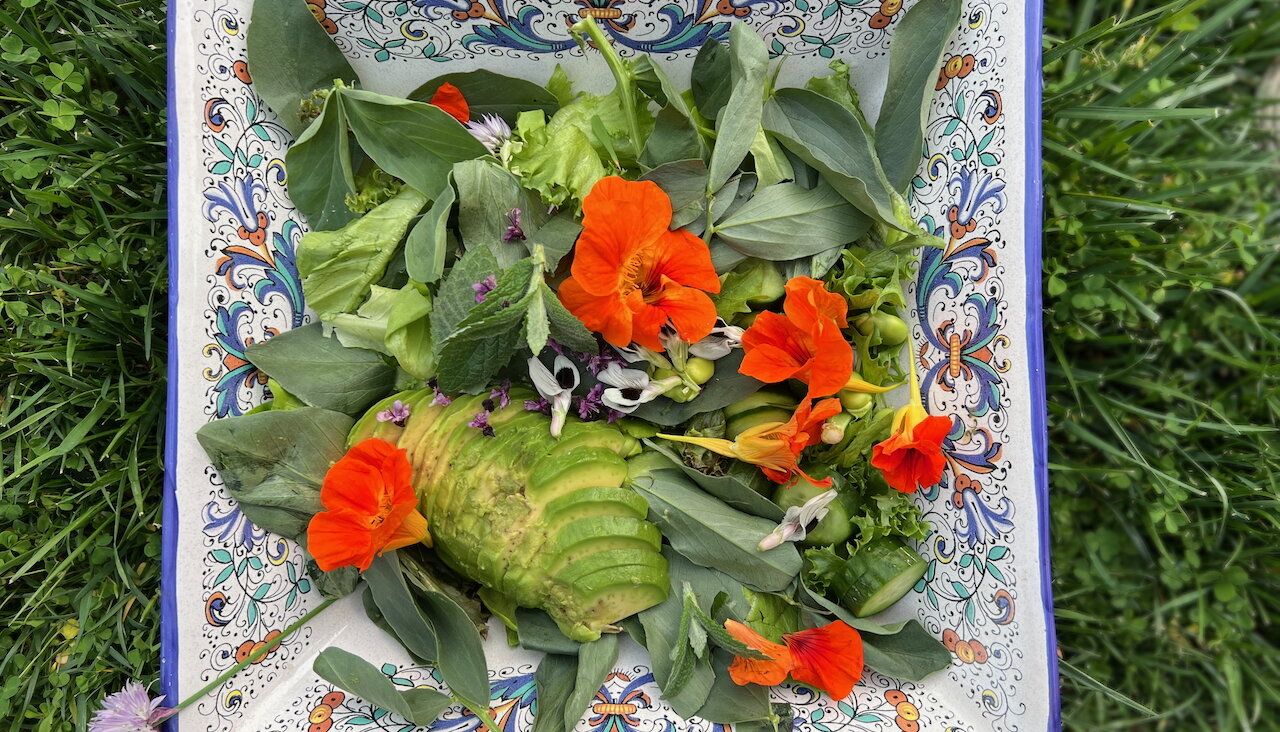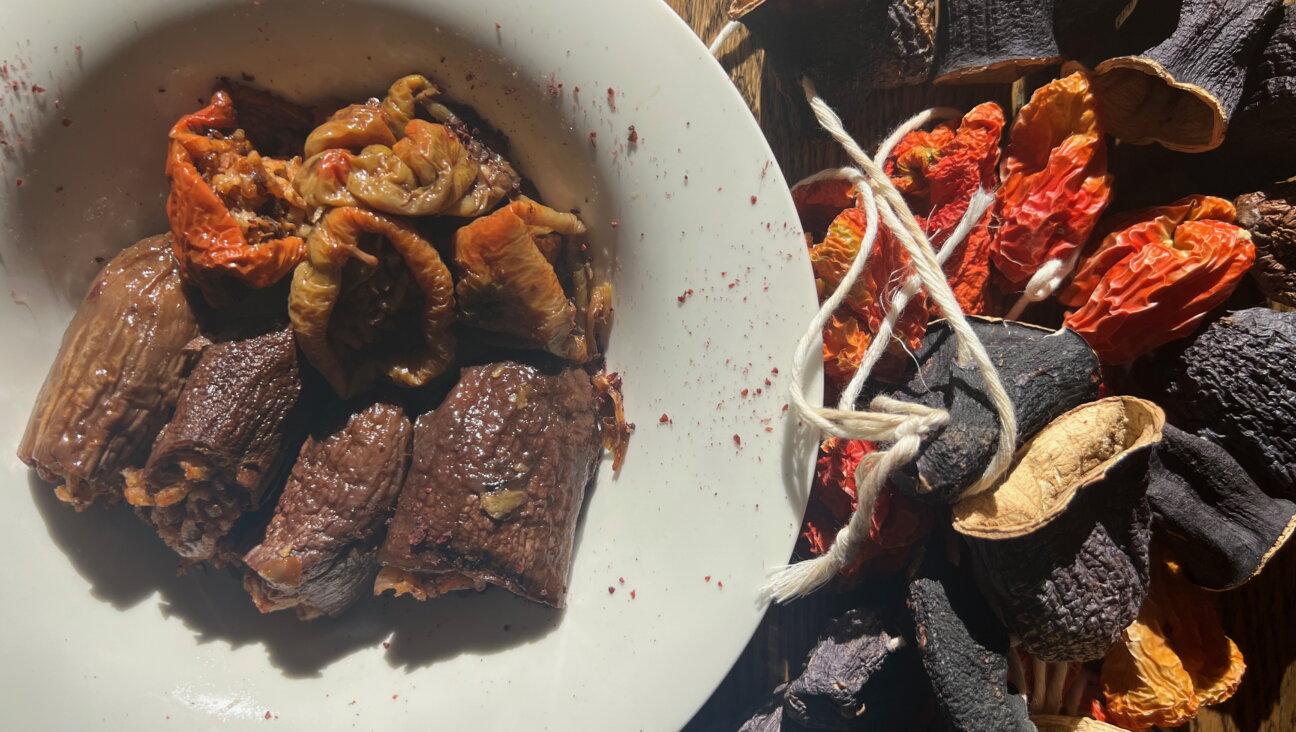Sipping Under the Sukkah: Kosher Wines

Today The Jew and the Carrot brings you two beverage stories for drinks to enjoy in your sukkah. The first installment explores Kosher wines and this afternoon, check back for the second installment to learn how to infuse rye for the holiday.
In past years, most oenophiles have looked at kosher wines as something to be endured out of respect to family members or in honor of a holiday. But the days of overly sweet [Concord grape Malaga , or tasteless, boiled mevushal wines are thankfully behind us. With the introduction of new techniques like flash pasteurization and the ability to “cook” the wine to a lower temperature the process of producing kosher wines has been made easier and more palatable to wine makers around the world.

With 55% of kosher products being purchased by non-kosher consumers because of perceptions of purity and quality, many wine producers are finding it worth their while to take the extra step of producing a kosher product. Some importers also commission a special run of quality wines from Spain, Italy, France, Australia, Chile or Portugal, made according to the laws of Kashrut.
wine_education.php
At a recent tasting event in New York, organized by Aron Ritter, founder of the Kosher Wine Society, there were so many good wines to try that I wasn’t even able to taste them all. One of the purposes of this event was to introduce attendees to new wines appropriate for the Jewish New Year and the corresponding holidays.
At the Allied Importers’s table I sipped on Borgo Reale Maturo, produced in the style of Amarone from partially dried Primitivo grapes and barrel aged for six months, which results in a wine with extra intensity. This luscious, rich wine deserves to be paired with a steak dinner. The Joseph River Estate Cabernet Sauvignon-Merlot-Shiraz blend, a medium-bodied red wine, also showed fairly well, with some complexity.
For Sukkot, I recommend a chilled glass of Spanish En Fuego Cava. It is a perfect start for a warm evening under the sukkah. The sparkling white wine will pair well with almost any hors d’oeuvres from crudités to a cheese platter or a selection of roasted nuts.
Happy Hearts Wine Importers, displayed an impressive variety of wines from Israel. My favorites included two wines from Mony, a winery located in the hills of the religious town Bet-Shemesh. The Sunny Hills Rosé (2009) produced from Cabernet Sauvignon grapes, has a lovely dark pink color. When served chilled, its dry, crisp flavor with rounded berry notes is also a refreshing way to open the palate before dinner. Mony’s Classic Massada, a citrusy (and mevushal or strictly kosher) white wine, can be served chilled with a light first course of salad or fish.
Happy Hearts also offered a taste of newly released ports from Israel including the 2007 Odem Mountain Amber, a complex golden brown port, and Or Haganuz Har Sinai, a sweet but not-too-sweet and very intriguing wine made from frozen grapes (but not technically an ice wine, which must be made from grapes that freeze on the vine.) Either would be an excellent way to finish off a delightful evening under the sukkah.
The Forward is free to read, but it isn’t free to produce

I hope you appreciated this article. Before you go, I’d like to ask you to please support the Forward.
Now more than ever, American Jews need independent news they can trust, with reporting driven by truth, not ideology. We serve you, not any ideological agenda.
At a time when other newsrooms are closing or cutting back, the Forward has removed its paywall and invested additional resources to report on the ground from Israel and around the U.S. on the impact of the war, rising antisemitism and polarized discourse.
This is a great time to support independent Jewish journalism you rely on. Make a gift today!
— Rachel Fishman Feddersen, Publisher and CEO
Support our mission to tell the Jewish story fully and fairly.
Most Popular
- 1

Culture Cardinals are Catholic, not Jewish — so why do they all wear yarmulkes?
- 2

Fast Forward Ye debuts ‘Heil Hitler’ music video that includes a sample of a Hitler speech
- 3

News School Israel trip turns ‘terrifying’ for LA students attacked by Israeli teens
- 4

Fast Forward Student suspended for ‘F— the Jews’ video defends himself on antisemitic podcast
In Case You Missed It
-

Opinion This week proved it: Trump’s approach to antisemitism at Columbia is horribly ineffective
-

Yiddish קאָנצערט לכּבֿוד דעם ייִדישן שרײַבער און רעדאַקטאָר באָריס סאַנדלערConcert honoring Yiddish writer and editor Boris Sandler
דער בעל־שׂימחה האָט יאָרן לאַנג געדינט ווי דער רעדאַקטאָר פֿונעם ייִדישן פֿאָרווערטס.
-

Fast Forward Trump’s new pick for surgeon general blames the Nazis for pesticides on our food
-

Fast Forward Jewish feud over Trump escalates with open letter in The New York Times
-
Shop the Forward Store
100% of profits support our journalism
Republish This Story
Please read before republishing
We’re happy to make this story available to republish for free, unless it originated with JTA, Haaretz or another publication (as indicated on the article) and as long as you follow our guidelines.
You must comply with the following:
- Credit the Forward
- Retain our pixel
- Preserve our canonical link in Google search
- Add a noindex tag in Google search
See our full guidelines for more information, and this guide for detail about canonical URLs.
To republish, copy the HTML by clicking on the yellow button to the right; it includes our tracking pixel, all paragraph styles and hyperlinks, the author byline and credit to the Forward. It does not include images; to avoid copyright violations, you must add them manually, following our guidelines. Please email us at [email protected], subject line “republish,” with any questions or to let us know what stories you’re picking up.















